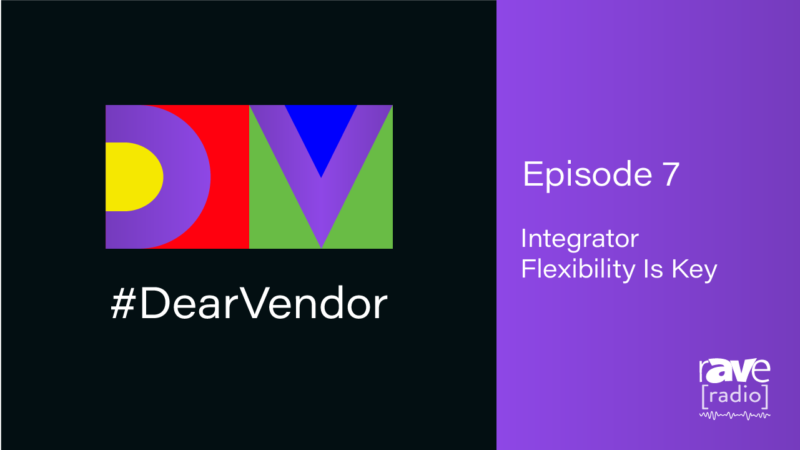Evolving College Student Population Will Change Education Technology Needs

As I sit down to write this column, one day past my deadline (sorry, Sara) I am in the wonderful district of Washington D.C. With the support of my institution, I have the honor and pleasure of attending the Leading Change Institute, put on by EduCause and CLIR. This institute is an application based institute for people looking to improve their leadership skills and overall knowledge of the higher education landscape. We have the opportunity to hear from some amazing, intelligent and opinionated people. We have heard from the Bill and Melinda Gates Foundation, the Office of Educational Technology and presidents of colleges representing areas from around the country.
I am writing about this experience to share some of the thoughts that these very intelligent people have put before us. It seems timely as InfoComm is just around the corner and I hope that you are able to take some of these thoughts and apply them to the show floor and products that you see.
A common theme of the 36 attendees and the presenters are the changes that higher education is currently going through. These include regulatory oversight, budgetary challenges and cuts, along with changes in the faculty and the changing demographics of the students attending our colleges. For example, did you know that 40 percent of the people who start a four year degree don’t finish? That 25 percent of college students are over the age of 25. Another 25 percent of college students are parents and of that 50 percent are single parents.
Yeah, OK. What does that have to do with projectors, screens and amps? Nothing and everything.
Most of us either work in, or sell to educational institutions that serve students that attend classes in person on a regular basis. That is not the case however for our community colleges and large public institutions. These institutions have been trying to reach out, and are going to need to find new ways to reach out to students who don’t fit the model of the 18 year old who just graduated from high school and is ready to attend college full time. In smaller private schools, we may not see the trend yet, but these “typical” college students are changing into a different demographic. While there will likely always continue to be the “typical” college student, the pool of those students is shrinking.
If you are an integrator or a technology manager, you need to be keenly aware of what is going on, because it is going to change what you do. The concept of in-class instruction is not going to disappear any time soon, but the current construct of in-class instruction is quickly disappearing. We see this in the active classroom models and the “flipped classroom” approach happening all over the country. The construct is, if you are going to spend the time and resources on face to face education, it had better be worth it. That means active learning, student centered learning and “guide on the side” teaching. If you are simply going to lecture every day for 50 minutes and take five minutes of questions at the end (which in some cases may be an effective teaching method) then don’t spend the time and resources of a full classroom. Record it, post it, and answer questions video e-mail and a video response.
As you walk the aisles of InfoComm this June, think about these things. Which technologies there will provide you or your customers with the most flexibility and efficiency for adapting to the new paradigm, while still providing for the current model. Some ideas to get you started. If the device does not have an Ethernet connection, keep walking. Video and more video. Schools needs methods to record video, edit video, store video and play it back. So many of these systems today are convoluted and expensive. Look for systems that are easy to use and scalable. When you think about classroom equipment make sure that it is easily movable and flexible. It is likely that the room you install this summer will be changed before it is due for another upgrade. It is a very exciting, albeit challenging time in higher education and you have the ability to be part of the change.





